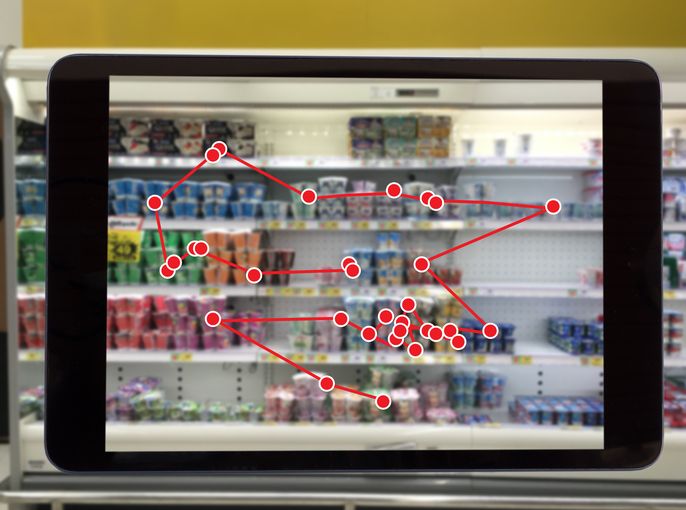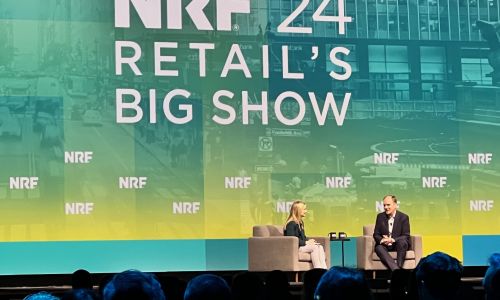Retailers Give AI the Wheel

This article appeared first on 1to1 Media.
For retailers, customer data is at a tipping point. After collecting myriad data points about shoppers, retailers are shifting to the next stage: using artificial intelligence (AI) to analyze and leverage insight to deliver more customized customer experiences.
Case in point: customer data and AI were top of mind at the 2018 NRF Big Show. From image recognition to shopping assistants, many of the hot new products that were unveiled at the annual tradeshow were designed to help retailers act on insights about their customers’ needs, behavior, and preferences.
Much of the technology unveiled isn’t new, but most retailers previously lacked the resources to leverage them, said Kris Miller, chief strategy officer of eBay Marketplaces. “Deep learning is finally becoming mainstream,” she said during a panel discussion. “We have so much data we can now train the AI.”
AI gives eBay the opportunity to uncover insight from its 1.1 billion product listings that isn’t possible with manual resources. For instance, the company recently added two image recognition features to its app. Image Search lets users take a picture of an item and, using image recognition through machine learning, the app will find that item or similar items that can be purchased on eBay. Find It On eBay lets users search for products on eBay by sharing the URL of an item they found on a social media platform or website.
Other companies, like DAVIDsTEA, use transaction data, demographic data, and other data points to bring the personalized experience that a customer would get from a knowledgeable associate to its e-commerce site and social channels.
Headquartered in Montreal, Canada, with store locations in Canada and New York, the 10-year-old company has accumulated “tons of data” about the types of teas new and returning customers tend to like, Catherine Laporte, head of marketing at DavidsTea, told 1to1 Media. “We have all this information about our customers’ purchases and the challenge is bringing it online and replicating the intimate experience you’d get from a store.”
DavidsTea is working with AgilOne, a customer data platform provider, to apply predictive analytics and machine learning to its data so that customers can eventually receive personalized and relevant recommendations no matter how they choose to engage with the company.
Meanwhile, Lolli & Pops, a gourmet candies retailer, works with Intel to identify loyalty members as soon as they enter one of the company’s stores. Using computer vision—a field of AI that translates real-world images into algorithms that enable computers to make informed decisions and automate actions—associates are alerted when a loyalty member enters the store and is served information about the member’s preferences so the associate can make personalized product recommendations.
The question remains whether enhanced personalization is enough to win customers. The rise of digital retail coincides with an increase in store closures. The strong sales of the 2017 holiday season were a bright spot in a year marked by a record-breaking number of store closings. Between the precipitous growth of e-commerce and shoppers who constantly crave new merchandise, retailers can assume that the competition for customers will only become harder.
And while the glory days of traditional shopping malls and department stores are over, retail isn’t dead. As trade shows like the Big Show suggest, the retail industry is evolving. It’s now up to retailers to figure out how to adapt to a future that’s increasingly data- and AI-driven.





